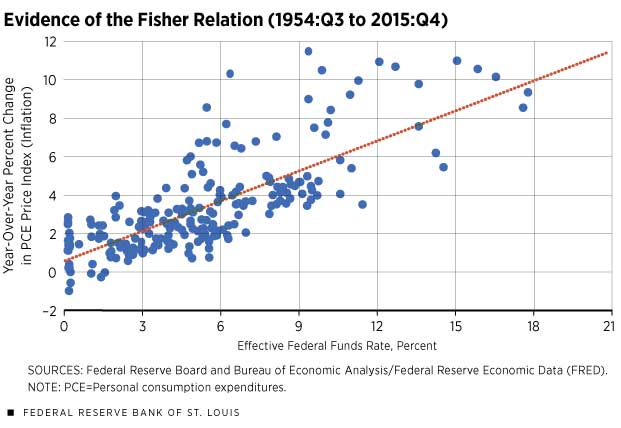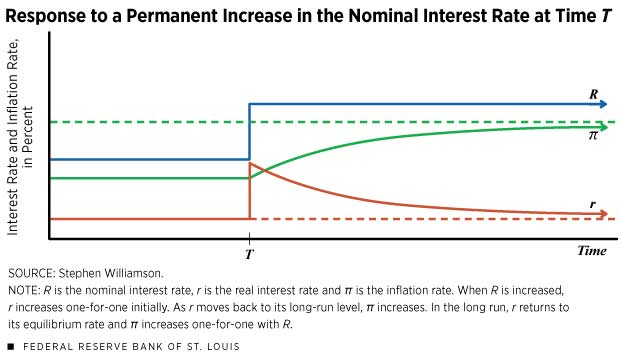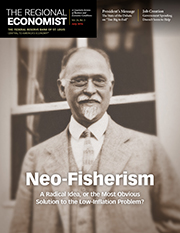What are production factors and how can they be commonly evaluated
Factors are real elements of real production systems
Big categories
Humans with skills and experience
Machines of certain types and functions
Structures
fields mines Forests lakes streams rivers oceans And land lots
Raw materials and natural products and powers
----------------
How to evaluate them ?
Existing prices at market for their respective outputs
Generate
ever changing historically developing ....market generated payments to factors
By mediating organizers of production
Often called
lease rates
all of which may include arbitrage profits wind fall profits innovation profits
.... pro tem rents *
* ND
there are no pure rents
Because nothing over time has a fixed supply
Now we aggregate by category
Then sum categories
There will be surpluses and deficits at the level of productive units
This residue should not be congealed into a factor
Example
net revenue above factor payments
Come in stream
This stream can be projected and evaluated
But this is not the value of a real factor
It is not categorically like
the evaluation of a stream of revenue attributed to a machine
Ie a sustainable lease rate
Or a assembly line worker
Now comes the human social division
Two big categories
Producer income for the owners of human factors
And the income to owners of non human factors
This split is a class split
There is no technical determination of this split
It's a historical process
In a system of wage earning producers
Ie human factors paid by wage
The split is a rate of surplus value
The revenues that are surplus payments are not factor payments
The sum of factor payments is not equal to aggregate social net revenue
This is more then a bit lacuna fied
But in short there is no productive factor called capital
There are capitalized factor payment streams
And that may get mixed with rent streams
In some monstrous hybrid
But strictly speaking lot payments are surplus payments too
Not factor payments
Factor payments only cover the reproduction " costs "
Of the factor given that factors rate of consumption in use and over time




